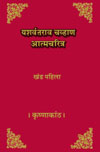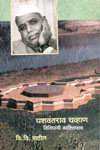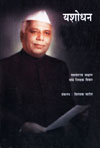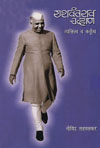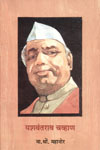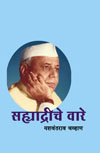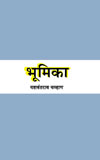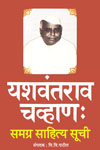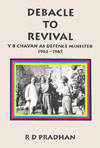Keeping an effective control on funds of District Local Boards was the subject of the speech of Shri Y. B. Chavan when he moved a Bill further to amend the Bombay Local Boards Act. He pointed out that there were two aspects. One was related, he observed, to the preparatory time required to hold elections to such bodies. Government proposed to reduce it to 15 days from 30 days. The second purpose was to keep a control over the deposits of these bodies by specifying the banks in which the funds should be deposited. Another important piece of legislation was brought before the Legislative Assembly by Shri Y. B. Chavan on 17 September 1956 in his capacity as Minister for Local Self-Govern ment providing for the extension of the term of office of the Councilors of the Greater Bombay Municipal Corporation to avoid clash with the probable dates of the General Elections to the State Legislature and Parliament.
Introduction of the Bill to provide for the administration of Local Authorities whose members resigned on 17 February 1955 provided yet another opportunity to Shri Chavan to defend Government bona fides in making a provision to hand over the administration of Local Self-governing Bodies whose elected representatives chose to resign en masse creating a deadlock. Shri Chavan added that it was not at all the intention of the Government to suppress the democratic institutions and added that advisory bodies could be appointed to advise the Administrators.
On 20 February 1956 Shri Y. B. Chavan, Minister for Local Self-Government introduced a Bill to further amend the Bombay Village Panchayats Act 1933. In his speech defending the Government’s step, Shri Chavan remarked that the purpose was to remove the restriction in section 4 of the Act and to introduce certain important functions in the working of the Village Panchayats and to bring practically every village in the State under the purview of the Village Panchayats.
Then followed a period of linguistic controversy. At this time, he had to use all his skill and tolerance to pacify Maharashtrian feelings which were hurt as the demand of Samyukta Maharashtra was not conceded. It was a tight rope walk, but Chavan successfully persuaded and convinced the agitated Maharashtrian minds how it was in the best interests of all to abide by the decision of the Centre to form a bilingual Bombay State.
He became the Chief Minister of the bilingual Bombay State in 1957, with the Samyukta Maharashtra agitation still alive and heading towards a crisis. The Centre was no doubt worried about the course the events would take, for the State was the most important State in India. But, as Shri Chavan has himself admitted, he succeeded in winning over Maharashtra for the Congress despite heavy odds. He is reported to have candidly told Nehru that the bilingual State would not work any more, and a decision was taken to bifurcate the Bombay State. On May 1, 1960, the new State of Maharashtra came into being, needless to say with Shri Chavan as its Chief Minister.
While introducing the draft of the Bombay Reorganization Bill on 15 March 1960, in the Bombay State Legislative Council, Shri Y. B. Chavan, reiterated the promise that the interests of the people of Vidarbha and Marathwada would be safeguarded and assuaged the fears of some people regarding the implementation of the Nagpur Pact. He also pacified members who were outraged by the ‘ceding’ of the ‘Dangs’ and ‘Umbargaon’ area, to Gujarat by emphasising the paramount need of give and take spirit in such matters.

